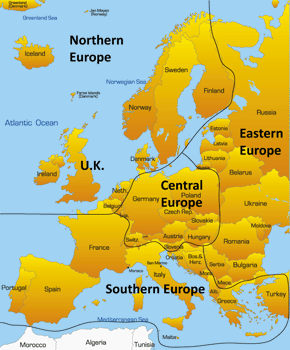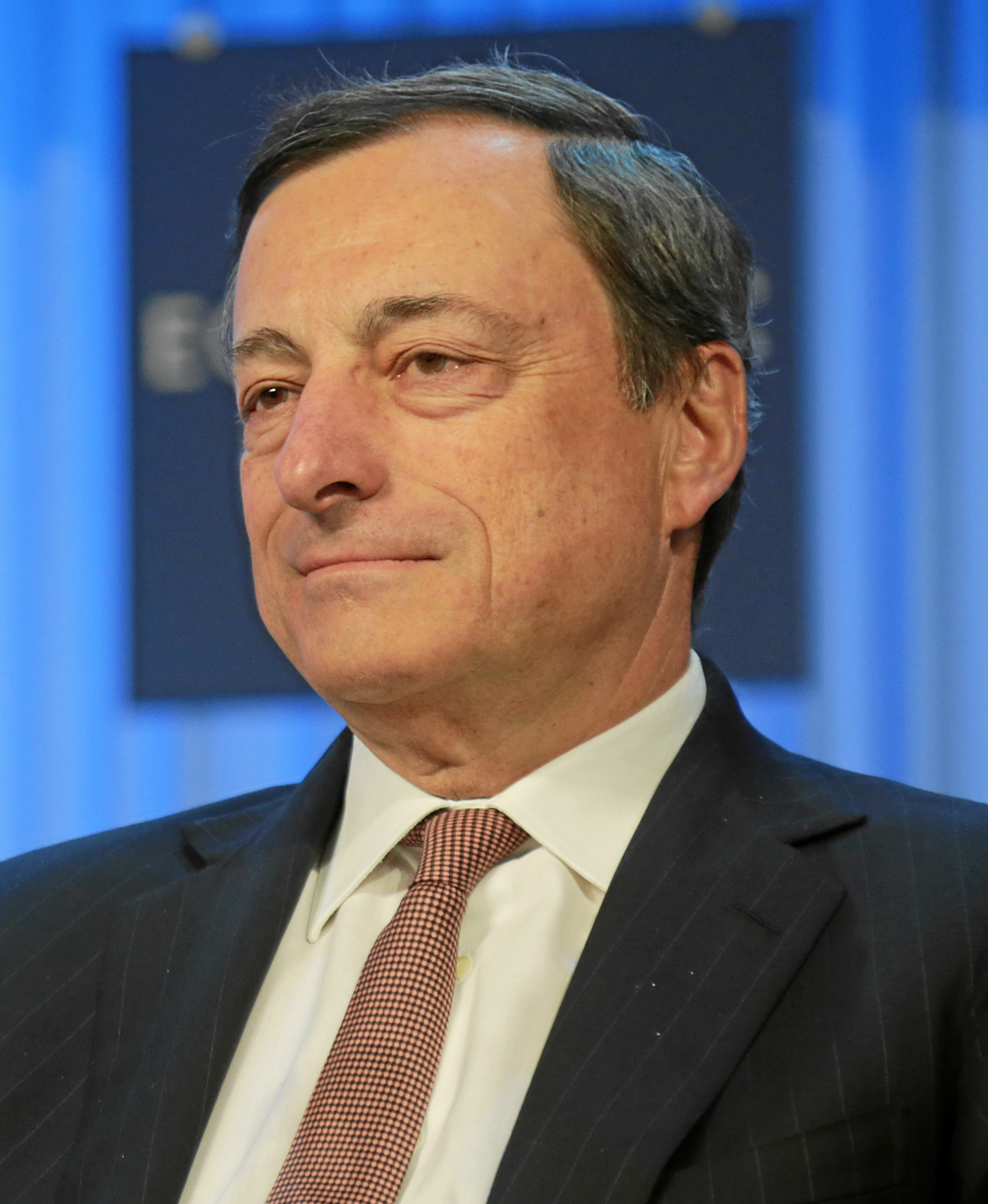Europe
is the
continent with the best education of the world. These results are obtained with
the PISA inform and thanks to this we know that our education is very good.
However, the question is if it is as good as it should be.
Firstly, we should take into account that the EU is the wealthiest part of the world
according to the GNP data of the International Monetary Fund.
Now,
let’s think if we have the education that we deserve. In the Nordic countries
such as Finland and Sweden the education is absolutely excellent and they
always obtain the best results in the PISA exams. Therefore, the countries from
central Europe have a good system, but in the Mediterranean and eastern
countries the results are not so good. With the Bologna Process in 1999 the EU
tried to equate the education in all the member countries. It was a great idea
and it is he first steep if we want a real EU.
Then,
if you are a student from a European university you can travel to another
university of the EU to study because the levels of all the European universities
are now the same. Therefore we should continue like this in order to be the richest
place of the world and I am not speaking about economic
wealthy, but of the cultural one. With a good education system and a high
cultural level of the population we could say proudly “Yes, I am European”.
Please stay tuned and check out our social profiles! Have a good day!
Main source:
https://en.wikipedia.org/wiki/Educational_policies_and_initiatives_of_the_European_Union
http://eacea.ec.europa.eu/education/eurydice/documents/facts_and_figures/education_structures_EN.pdf
By : Guillermo.
Please stay tuned and check out our social profiles! Have a good day!
Main source:
https://en.wikipedia.org/wiki/Educational_policies_and_initiatives_of_the_European_Union
http://eacea.ec.europa.eu/education/eurydice/documents/facts_and_figures/education_structures_EN.pdf
By : Guillermo.












